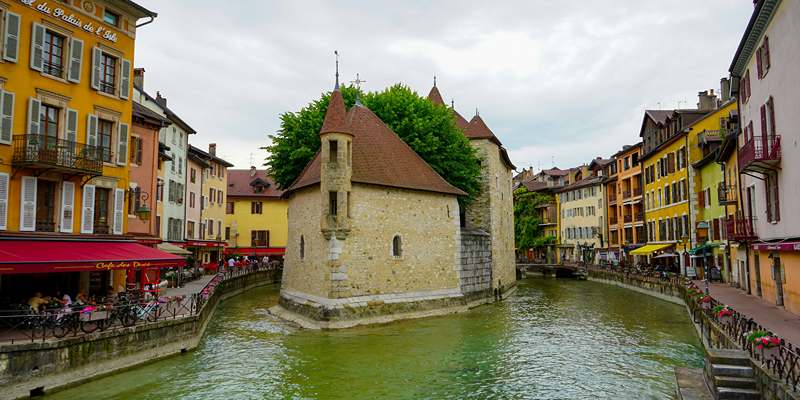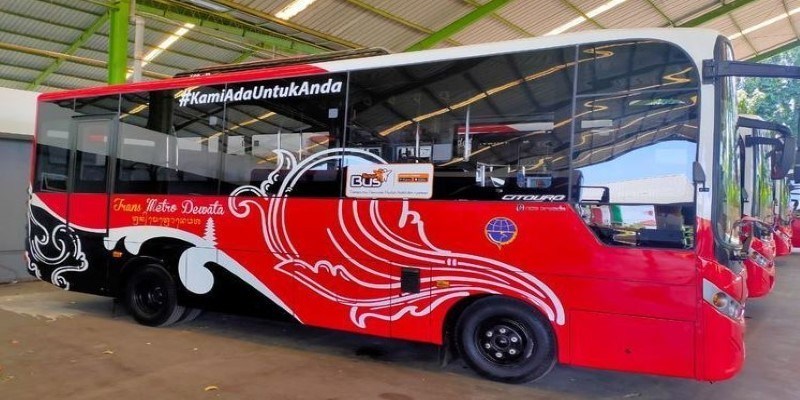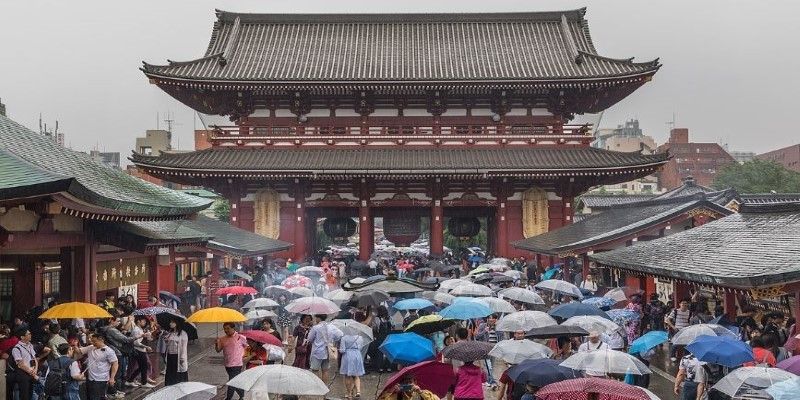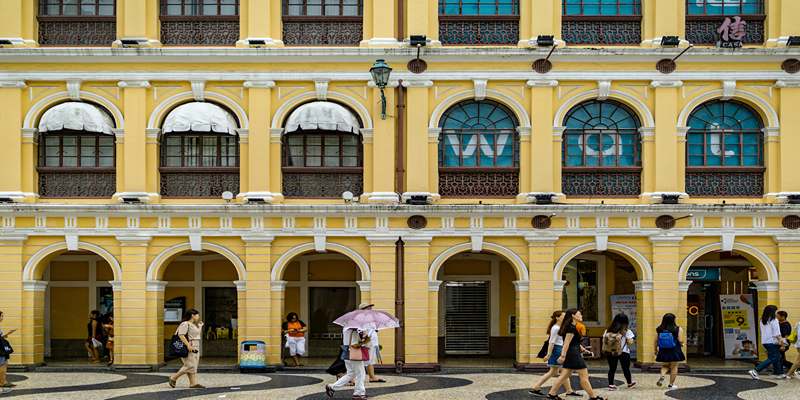Traveling in India is an experience unlike any other. The country's vast diversity, rich heritage, and vibrant culture attract travelers from all over the world. However, without careful planning, expenses can quickly add up, turning an affordable trip into an expensive one. Whether you are a backpacker or a family traveler, knowing how to manage your budget can make all the difference.
Fortunately, India offers plenty of ways to cut costs without compromising on the experience. Small changes, such as using local transport or finding affordable stays, can lead to significant savings. A well-planned approach ensures that you enjoy India's beauty without constantly worrying about your expenses.
Top 8 Ways to Travel India on a Budget
Here are 8 practical ways to explore the country without overspending and still enjoy an enriching, comfortable, and memorable travel experience across India.
Choose Affordable Transport Options

Transportation costs can be a major expense, but India offers numerous budget-friendly options. The railway network is vast and affordable, with sleeper and AC 3-tier classes offering great value. Government buses are cheaper than private ones, and night travel helps save on accommodation. For local travel, metros in cities like Delhi and Mumbai are cost-effective. Ride-hailing apps like Ola and Uber prevent overcharging, while shared autos and cycle rickshaws provide low-cost alternatives. Walking around city centers also saves money while offering a more immersive experience.
Eat Like a Local
Food is India's largest attraction, and you don't need to break the bank to sample it. Street food is spicy and affordable, with popular items such as samosas, dosas, and chaats being easily found everywhere. Local dhabas and cheap restaurants serve full meals at affordable rates, particularly thali meals, which offer an assortment of dishes for one price. Fresh fruits from local markets are yet another affordable choice. Carrying a refillable water bottle and filling it up at secure stations saves one money on bottled water and keeps plastic waste in check.
Stay in Budget Accommodations
Accommodation costs can be minimized with the right choices. Hostels, guesthouses, and homestays offer comfortable stays at lower prices compared to hotels. Websites like Zostel and Backpacker Panda provide affordable dormitories with a social atmosphere. Homestays also allow you to experience local culture while enjoying home-cooked meals. If traveling with family, budget hotels and serviced apartments offer great deals. Booking directly with the property often results in better prices than online platforms. Couchsurfing is another free accommodation option that also allows you to connect with locals.
Use Public Transport for Sightseeing
India’s public transport is both affordable and efficient for exploring cities. Metro services in Delhi, Kolkata, and Bangalore offer low-cost travel. Government buses are cheaper than private cabs, and many cities have daily travel passes for unlimited rides. Renting a bicycle in smaller towns is another economical way to see attractions at your own pace. Group tours are a great alternative to expensive private guides, and many heritage sites offer audio guides at minimal cost. Choosing these options significantly reduces sightseeing expenses without limiting the experience.
Bargain for Everything
India’s vibrant markets are filled with great bargains, but prices are often inflated for tourists. Negotiating is a common practice, and knowing how to haggle can save you a lot. A good tip is to offer half the quoted price and gradually increase until an agreement is reached. Street vendors, souvenir sellers, and even some transport services expect to bargain. If unsure, observing how locals negotiate can be helpful. Shopping at fixed-price government emporiums ensures fair pricing. Comparing prices at different stalls before making a purchase also prevents unnecessary overspending.
Travel During Off-Peak Seasons
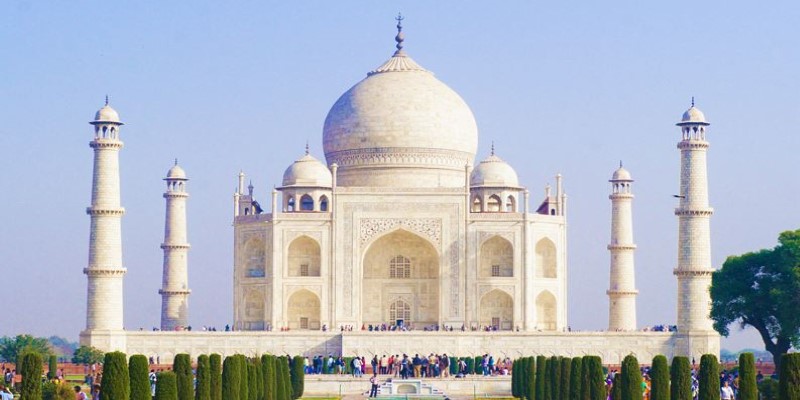
India’s peak travel season—October to March—sees higher prices for flights, hotels, and attractions. Visiting during the off-season can save a significant amount. Summer is perfect for hill stations, while monsoon travel offers lush landscapes at lower costs. Mid-week travel is usually cheaper than weekends, and many hotels offer discounts during low-demand periods. Flights booked during non-peak hours also tend to be more affordable. Checking for last-minute deals on accommodations and transport can further cut costs. Being flexible with travel dates ensures the best rates on both transport and lodging.
Use Digital Payment Methods and Local SIM Cards
Using international cards in India can lead to high transaction fees. To avoid these, mobile wallets like Google Pay and Paytm offer seamless transactions without extra charges. Most local shops, restaurants, and transport services accept digital payments, making it a convenient and cost-effective option. Purchasing a local SIM card with a prepaid data plan reduces international roaming fees. Reliable internet access helps you navigate unfamiliar places, book transport, and find local dining spots without additional expenses. Having a digital payment system and local SIM streamlines daily spending while avoiding hidden costs.
Plan and Book in Advance
Planning can significantly cut costs when traveling in India. Flight and train tickets booked months in advance are much cheaper than last-minute bookings. Indian Railways releases tickets up to 120 days prior, allowing travelers to secure budget-friendly fares. Many hotels and hostels offer early-bird discounts, and booking online can help find the best deals. Popular tourist attractions often have online ticket options at lower prices than on-site rates. A well-structured itinerary prevents unnecessary expenses and ensures a hassle-free, cost-effective journey while covering all major sights efficiently.
Conclusion
Traveling in India doesn’t have to be expensive if you plan wisely. Choosing affordable transport, eating at local eateries, and staying in budget accommodations significantly reduce costs. Using public transport, negotiating prices, and traveling during off-peak seasons can further stretch your budget. Digital payment methods and a local SIM card help manage expenses efficiently. By planning and making smart choices, you can experience India's incredible landscapes, culture, and history without overspending. With the right approach, a budget-friendly Indian adventure is not only possible but also deeply rewarding.


